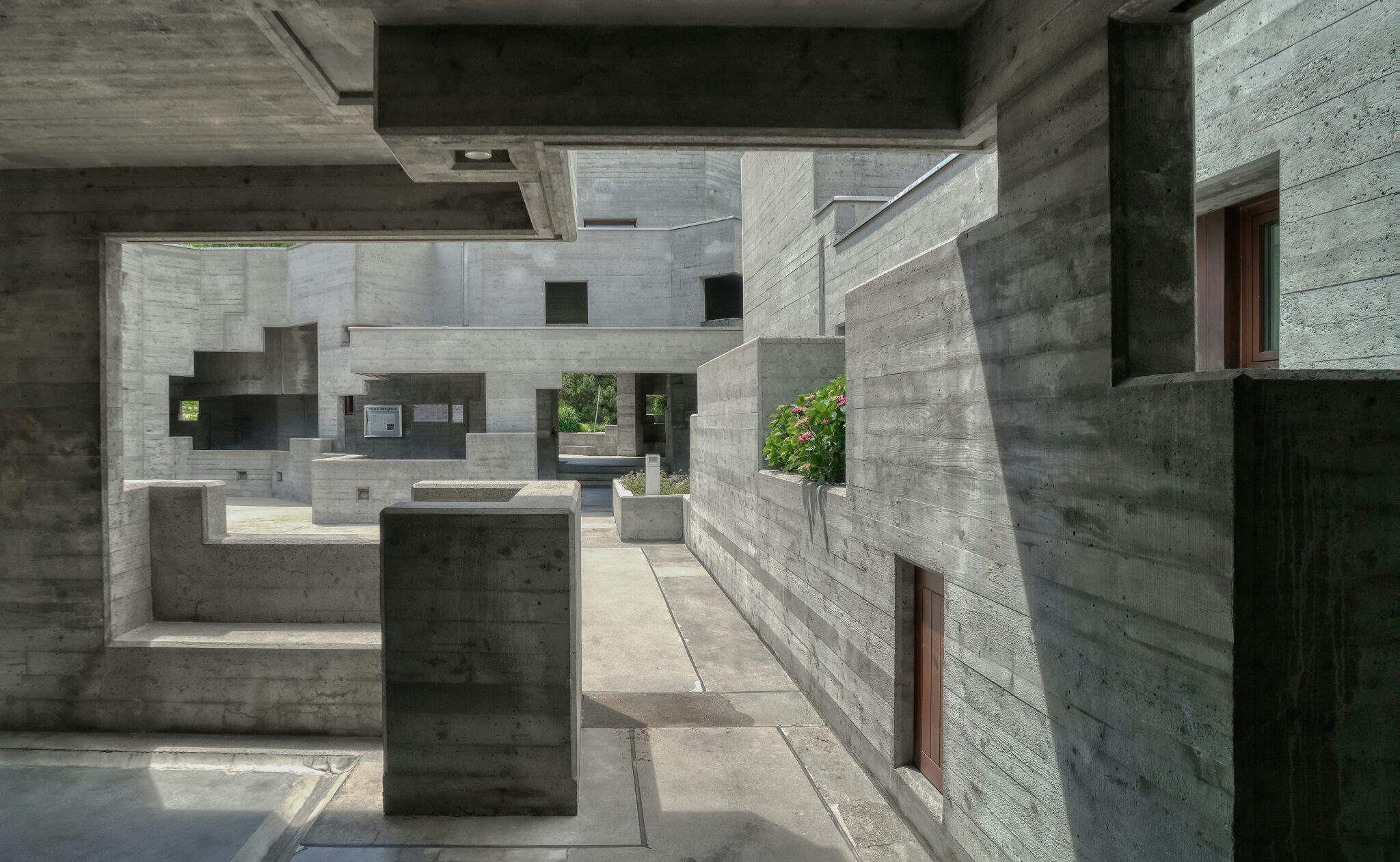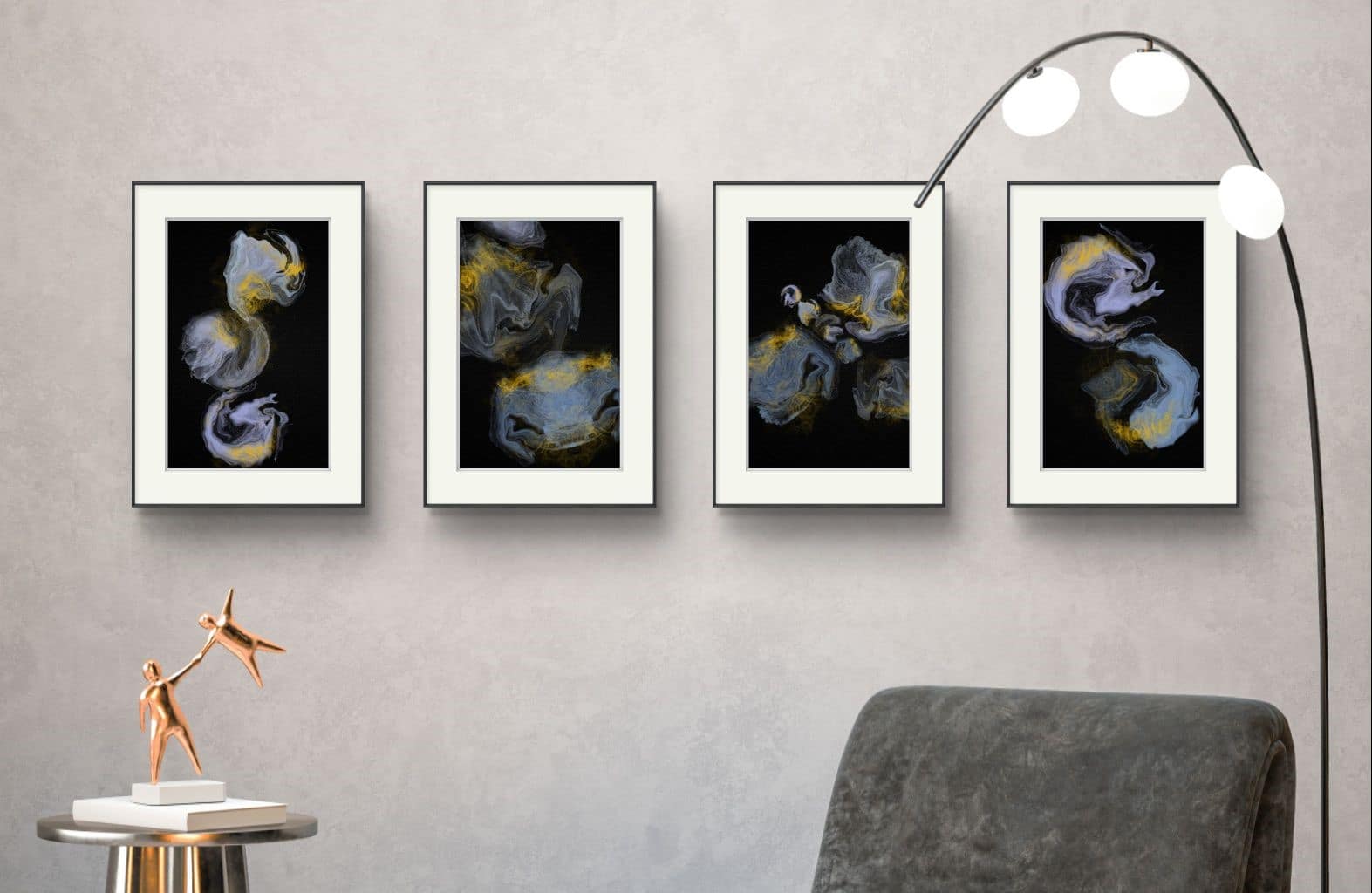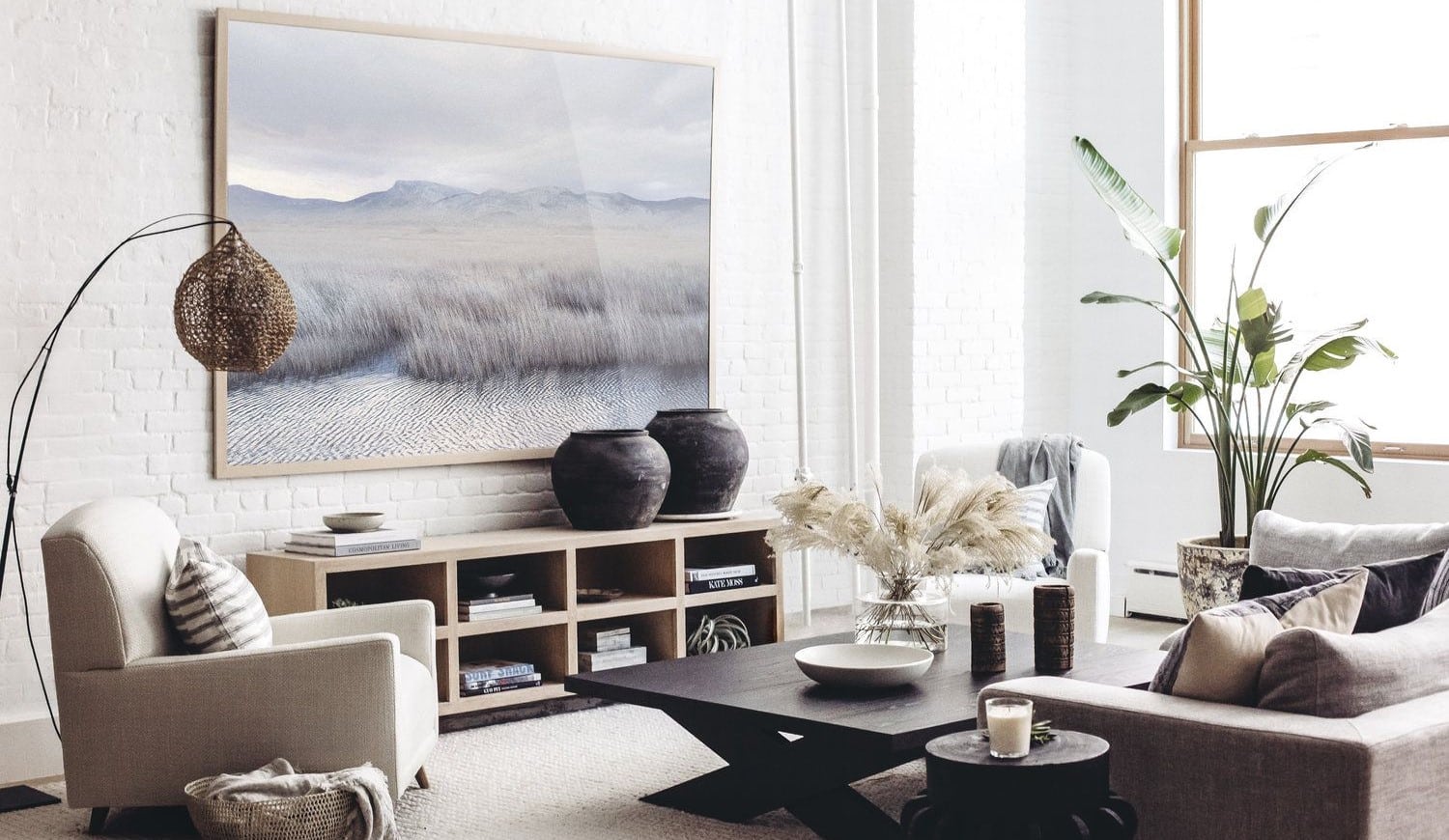In the world of interior design, creating spaces that are not only functional but also aesthetically pleasing requires a deep understanding of various design principles. Among these, proportion stands out as a key element that can make or break the visual harmony of a room. Whether you’re designing a cozy living room or a spacious office, mastering proportion in interior design is essential to achieving a balanced and inviting environment.
What is Proportion in Interior Design?
Proportion in interior design refers to the relationship between different elements within a space, particularly in terms of their size, scale, and placement. It is the art of ensuring that objects, colors, and patterns within a room are well-balanced and relate to each other in a way that feels natural and cohesive.
Unlike scale, which focuses on the size of an object relative to a room, proportion is more about the relationships between objects. For example, a large sofa might be in scale with a spacious living room, but if it is paired with tiny side tables or an undersized coffee table, the proportion may feel off. Achieving the right proportion involves careful consideration of how each element interacts with the others in the space.
The Golden Ratio and Its Influence on Proportion
One of the most timeless principles that influence proportion in interior design is the Golden Ratio. This mathematical ratio, approximately 1:1.618, has been used for centuries in art, architecture, and design to create compositions that are naturally pleasing to the eye. The Golden Ratio is often seen in nature, from the spirals of seashells to the branching of trees, and it can also be applied to interior design.
Incorporating the Golden Ratio into your design can help you achieve a sense of proportion that feels both dynamic and balanced. For example, when arranging furniture, you might use the Golden Ratio to determine the optimal placement of a sofa and chairs relative to a coffee table. Similarly, when hanging artwork, using the Golden Ratio can guide you in positioning pieces so that they complement the dimensions of the wall and the surrounding elements.
Proportion and Furniture Selection
When it comes to selecting furniture, proportion plays a crucial role in ensuring that the pieces you choose complement the size of the room and each other. A well-proportioned room features furniture that feels neither too large nor too small, creating a sense of harmony and balance.
In a small room, for example, oversized furniture can overwhelm the space, making it feel cramped and uncomfortable. On the other hand, choosing furniture that is too small can leave the room feeling sparse and unfinished. To maintain proportion, consider the scale of each piece in relation to the room’s dimensions and to the other furniture items. A large sectional sofa might work well in a spacious living room, while a smaller loveseat and armchairs could be better suited for a cozy den.
Additionally, consider the proportion of individual furniture pieces in relation to one another. A large dining table should be paired with chairs that have a substantial presence, while a delicate side table might be better suited to a slim, elegant lamp. By paying attention to these relationships, you can create a space that feels cohesive and well-proportioned.
Proportion in Color and Pattern
Proportion in interior design isn’t limited to physical objects; it also extends to color schemes and patterns. Just as with furniture and decor, the proportion of colors and patterns within a space can significantly impact its overall aesthetic.
A well-proportioned color scheme balances dominant and secondary hues in a way that feels harmonious. For instance, in a living room with a neutral color palette, a single bold accent wall can add visual interest without overwhelming the space. Similarly, when using patterns, consider their proportion relative to the room and other design elements. A large, bold pattern might work well on an accent wall or a statement rug, while smaller patterns can be used more subtly in upholstery or throw pillows.
The key to achieving proportional balance in color and pattern is to avoid excess. Too many bold colors or large patterns can compete for attention, creating a chaotic and unbalanced look. Instead, strive for a mix of dominant and subtle elements that work together to enhance the overall design.
Creating Visual Harmony through Proportion
Visual harmony in interior design is achieved when all elements within a space are in proportion, creating a cohesive and pleasing environment. To create this harmony, it’s important to consider the placement of each object and how it interacts with the surrounding elements.
Symmetry is one way to achieve visual harmony through proportion. For example, placing two identical lamps on either side of a sofa can create a balanced and proportionate look. However, asymmetry can also be effective, especially in more eclectic or modern designs. In this case, the goal is to create a balance of visual weight rather than exact symmetry. For instance, a large artwork on one side of a room can be balanced by a cluster of smaller pieces on the opposite wall.
When arranging furniture and decor, consider the proportion of focal points to the surrounding elements. A large, striking piece of art or a statement chandelier can serve as a focal point, but it should be balanced by less dominant pieces that complement rather than compete with it. By carefully considering proportion in your design, you can create spaces that feel both dynamic and harmonious.
Common Mistakes and How to Avoid Them
Even experienced designers can sometimes struggle with proportion in interior design. One common mistake is overcrowding a space with furniture and decor, leading to a cluttered and unbalanced look. To avoid this, prioritize the essentials and choose pieces that enhance rather than overwhelm the space.
Another mistake is neglecting the proportion of wall art and decor. Hanging small pieces on a large wall or placing oversized art in a small room can disrupt the balance of the space. Instead, choose artwork that is appropriately scaled to the wall and the room, or consider creating a gallery wall with multiple smaller pieces to achieve a proportional look.
Lastly, be mindful of the proportion of lighting in your space. A room with too few light sources can feel dim and uninviting, while too many bright lights can create a harsh, unbalanced atmosphere. Aim for a mix of ambient, task, and accent lighting that is proportionate to the size and function of the room.
Case Studies: Successful Use of Proportion in Interior Design
To illustrate the power of proportion in interior design, let’s explore a few examples of spaces where this principle is expertly applied.
1. Modern Minimalist Living Room: In a sleek, minimalist living room, the proportion of furniture and decor is carefully balanced to create a serene and uncluttered space. A low-profile sofa is paired with a simple coffee table, and a large piece of abstract art on the wall provides a focal point. The room feels spacious and harmonious because each element is in proportion to the others.
2. Traditional Dining Room: In a traditional dining room, proportion is achieved through the careful selection of furniture and decor. A large, ornate dining table is complemented by substantial chairs and a chandelier that matches the scale of the room. The proportionate relationship between these elements creates a sense of elegance and grandeur.
3. Eclectic Bedroom: In an eclectic bedroom, proportion is used to balance a mix of styles and patterns. A bold, patterned wallpaper serves as a backdrop for a bed with a simple, neutral headboard. The proportionate use of color and pattern allows the room to feel cohesive despite its eclectic design.
The Role of Proportion in Different Design Styles
Different interior design styles approach proportion in unique ways, but the underlying principle remains the same: achieving balance and harmony.
1. Minimalist Design: Proportion in minimalist design often involves a careful balance of negative space and simple, well-chosen furniture. The focus is on maintaining proportion by avoiding overcrowding and allowing each piece to stand out.
2. Traditional Design: In traditional design, proportion is key to creating a sense of grandeur and formality. Furniture and decor are often substantial in size, with an emphasis on symmetry and balance.
3. Eclectic Design: Proportion in eclectic design involves mixing different styles and elements in a way that feels balanced rather than chaotic. This can be achieved by carefully considering the proportion of each piece relative to the others, ensuring that no single element dominates the space.
Conclusion
Proportion in interior design is a powerful tool for creating spaces that feel balanced, harmonious, and visually appealing. Whether you’re working with a small apartment or a large home, understanding and applying the principles of proportion can help you achieve the perfect balance between all elements in a room. By focusing on proportion, you can transform any space into a beautifully designed environment that reflects your personal style and enhances your quality of life.
Mastering proportion is not just about following rules; it’s about developing an intuitive sense of balance that allows you to create spaces that feel right. As you continue to explore and experiment with proportion in your design projects, you’ll discover how this fundamental principle can elevate your work and bring your vision to life.



